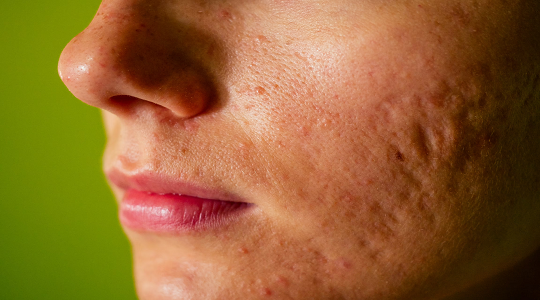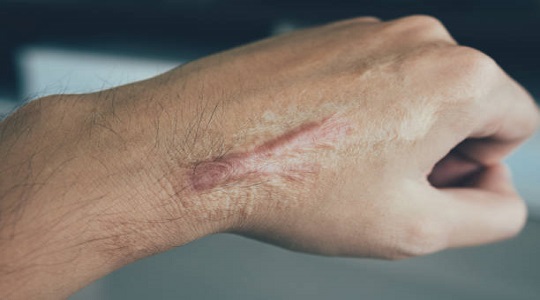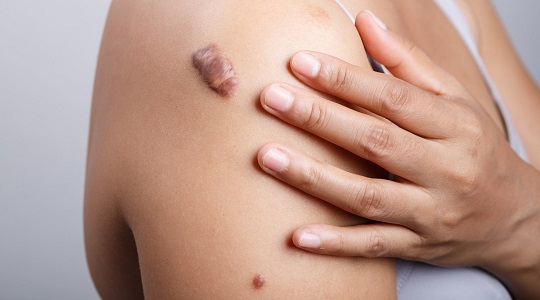Acne Scar Removal
Acne scar removal with laser treatment uses advanced laser technology to target scar tissue, stimulate collagen production, and promote skin regeneration. This reduces scars, smoothens the skin, and improves overall texture for a clearer, more youthful complexion. Book today!


Laser Acne Scar Removal is one of the most advanced and effective methods for treating acne scars. Using targeted laser technology, this treatment works by breaking down the scar tissue and stimulating the growth of new, healthy skin. By promoting collagen production and improving skin texture, laser therapy can dramatically improve the appearance of acne scars, resulting in smoother, clearer skin. At Derma Solution, we utilize specialized lasers, including fractional CO2 and fractional erbium lasers, to diminish the appearance of scars, restore skin texture, and help you regain confidence in your skin.
In this article, we will explore the different types of acne scars, the symptoms they present, who is at risk, the underlying causes of acne scars, and how laser treatments can effectively help you achieve scar-free skin.
Types of Acne Scars
Acne scars are classified into four main types based on their appearance, depth, and the level of skin damage they cause. These types help in determining the most effective treatments for each condition:

Atrophic Scars
Characterized by a loss of tissue, resulting in depressions or indentations in the skin.
- Ice Pick Scars: Deep, narrow scars that resemble an ice pick.
- Boxcar Scars: Wide, angular scars with sharp edges.
- Rolling Scars: Wavy, uneven texture due to deeper skin damage.

Hypertrophic Scars
Raised, thickened scars formed from excessive collagen production during healing. These scars stay within the original lesion area.

Keloid Scars
A more extreme form of hypertrophic scars, these are thick, raised, and may extend beyond the original acne lesion, often with discoloration.
Who is at Risk for Acne Scars?
Anyone who has experienced acne can develop acne scars, but certain factors can increase the risk. These include:

Severe Acne: Deeper, inflamed acne like cystic or nodular acne.

Delayed Treatment: Untreated acne or picking/squeezing pimples.

Genetics: Family history of scars or darker skin tones.

Age: Younger individuals may have more severe acne and noticeable scars.

Skin Type: Oily or acne-prone skin is more prone to scarring, with darker skin more likely to experience hyperpigmentation.
Symptoms of Acne Scars:
- Indentations: Pits from atrophic scars.
- Raised Skin: Thickened areas from hypertrophic or keloid scars.
- Discoloration: Dark or light spots
- Rough Texture: Uneven skin surface.
Causes of Acne Scars
- Inflammation: Skin damage from acne inflammation leads to scarring.
- Picking/Squeezing: Increases damage and risk of scarring.
- Collagen Disruption: Insufficient or excessive collagen during healing causes indentations or raised scars.
- Sun Exposure: UV rays darken scars and slow healing.
Book your experience
Our expert team is ready to help you achieve radiant, healthy skin with treatments tailored just for you.
Enhance your beauty
Reveal your natural glow with expert beauty treatments designed to enhance your confidence.

Book an appointment

Get your schedule

Meet with our expert





